Should You Standardize Your Forklift Fleet Across Borders?
The Case for Standardization
Standardizing your forklift fleet across multiple international sites can streamline operations, simplify maintenance, and provide consistency in training and safety. But it’s not always a one-size-fits-all solution.
When It Works
- Shared training programs reduce onboarding time
- Bulk purchasing lowers capital expenditures
- Simplified spare parts inventory across locations
When It Doesn’t
- Local regulations may differ by country
- Terrain, shift demands, and product types vary
- Infrastructure and electric grid capabilities change
Think Global, Operate Local
The smart move is a hybrid strategy: standardize where it makes sense, but stay flexible where local needs differ. Use data and operational input to guide decisions across your global footprint.
Reduce Complexity
- Unify training and safety protocols
- Minimize unique equipment knowledge per site
- Lower supplier management overhead
Gain Purchasing Power
- Negotiate better terms with fewer suppliers
- Leverage fleet size for discounts
- Establish consistent leasing standards
Balance Global & Local
- Customize specs by country if needed
- Ensure compliance with local certifications
- Mix standard fleet with region-specific models
Want Help Crafting a Smarter Equipment Strategy?
Blvd. de las Bellas Artes 20751-A, Las Torres Parte Baja, Cd Industrial, 22444 Tijuana, B.C.
Frequently Asked Questions
Standardizing forklift fleets across borders
In many cases, yes—but verify each country’s emissions, safety, and power standards before assuming compatibility.
You can still standardize by choosing models that offer both electric and IC variants or modular charging solutions.
It can, but with the right supplier partnerships, you can gain both consistency and regional agility.
Faster onboarding and fewer operator errors
Similar specs = predictable performance
Keep fleet strategy aligned with business goals
